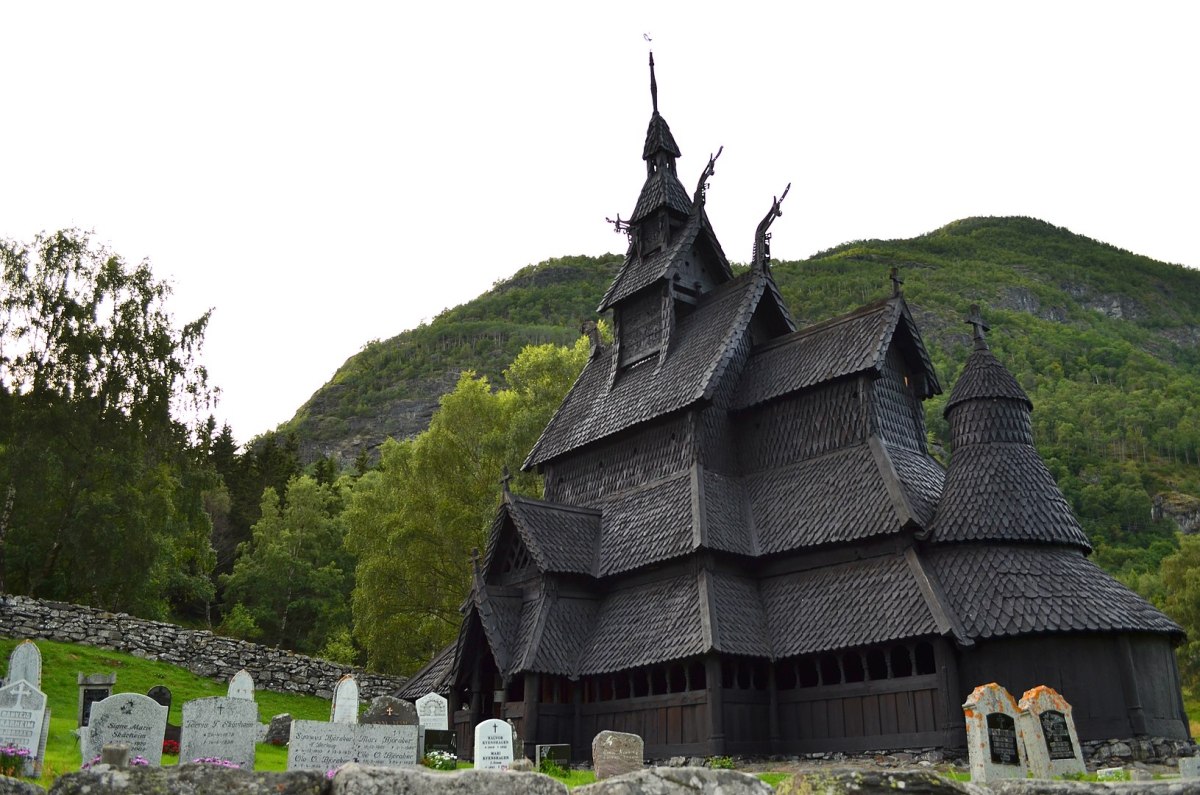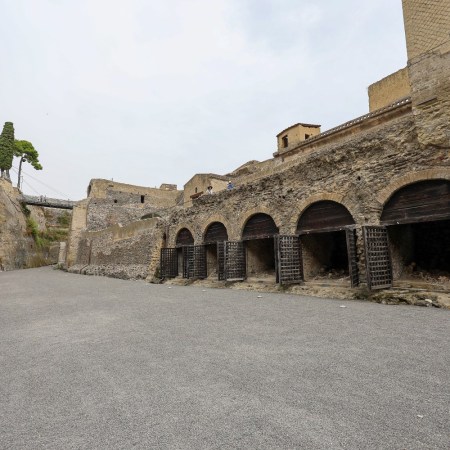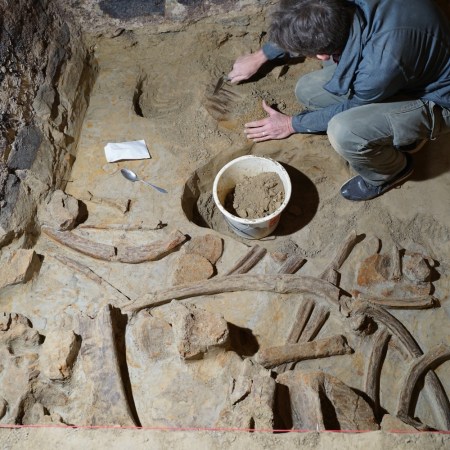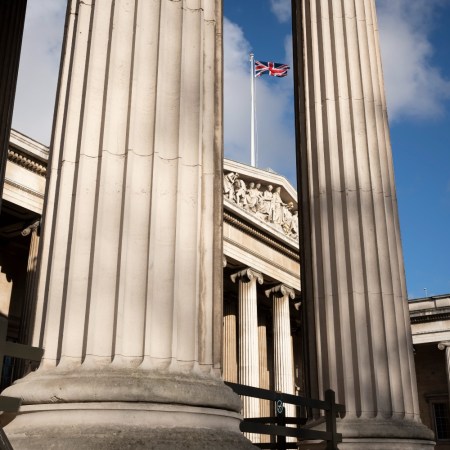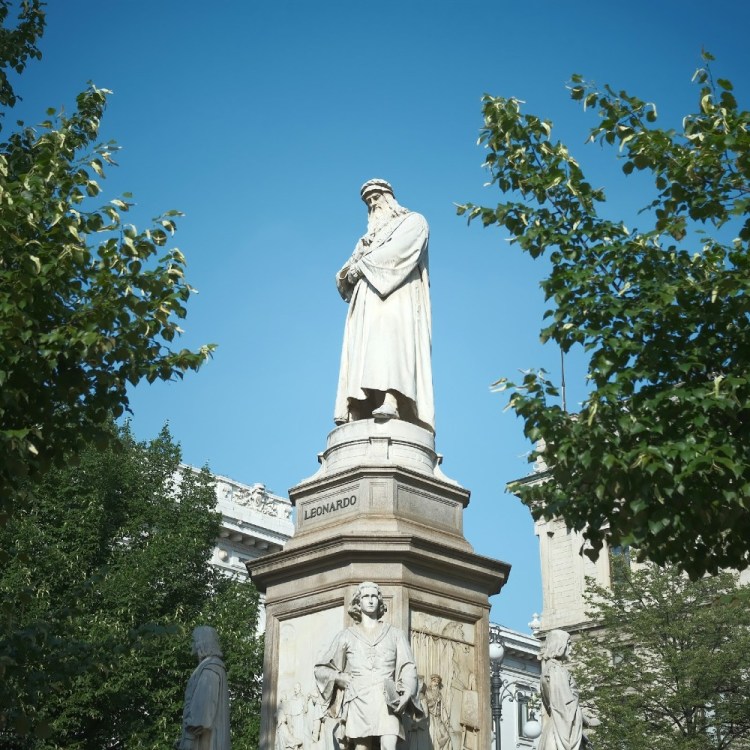Countless human settlements all over the world are lost to time and the elements. That can be a challenge for the archaeologists tasked with exploring the ways people lived in the past in these locations; it’s much easier to visualize how a specific place worked when one can walk around what remains of it, after all. All of this helps to explain why a new initiative around the town of Borgund, Norway is so exciting — and holds so much promise.
The Borgund Kaupang Project, begun in 2019, focuses on learning more about one of a handful of Norwegian towns to exist in medieval times. As the Project’s website notes, there have been a number of excavations of the town over the years, but “little research has been carried out on the extensive datasets available.” At least, not until now.
An article at Atlas Obscura documents the processes taken by the archaeologists involved in revisiting Borgund. As Gitten Hansen, one of the archaeologists working on the project, told Atlas Obscura, excavations began in 1953. “We’re talking about the largest excavation of a medieval site in Norway outside of the still existing towns,” Hansen said — all of which suggests there’s a lot for scientists and historians to revisit.
The excavations continued for decades, with most of what was found left in the care of the University Museum of Bergen. Using these items, archaeologists have done everything from restoring textiles found in the digs to speculating about the role of shipbuilding in the town. It’s both an interesting way to recall the past and a wide-ranging exploration of what can be gleaned from the most modest of objects and records.
Thanks for reading InsideHook. Sign up for our daily newsletter and be in the know.
